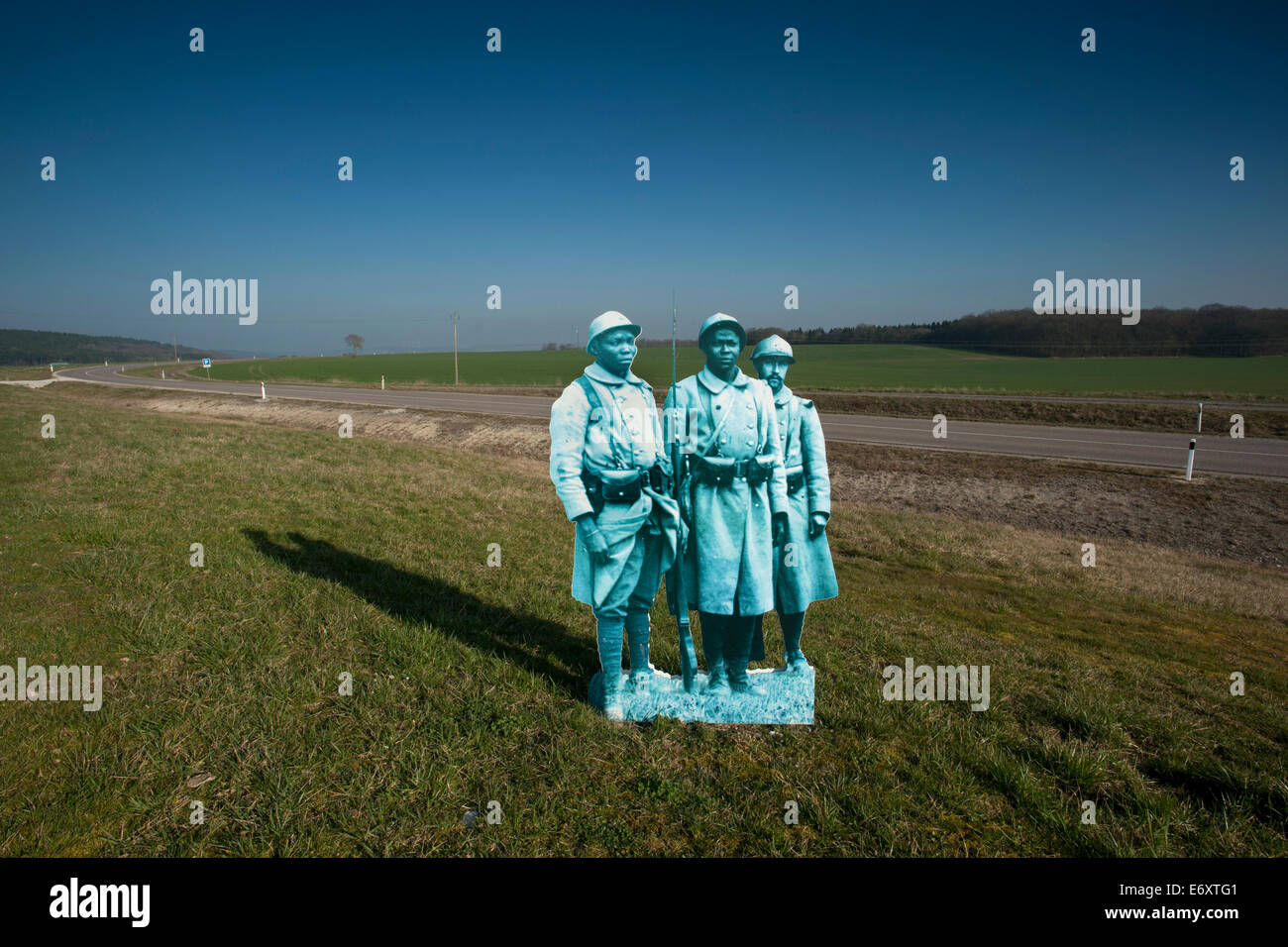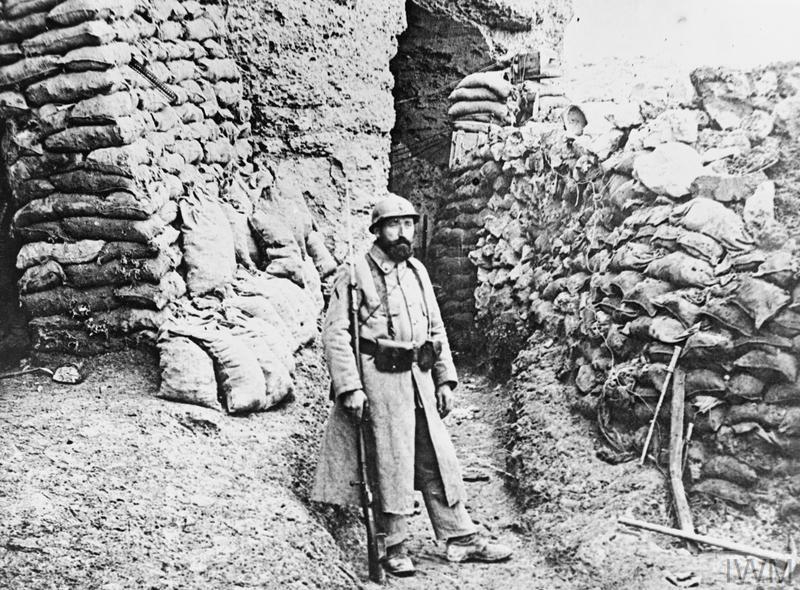
“It cannot be broken at any point, except by an effort which would be enormously costly in life and take so much time that the general situation would be transformed while it was in progress.”īut despite all its steel and concrete, the Maginot Line had at least one glaring flaw: While the border with Germany was protected, the fortifications stopped at the beginning of the border with Belgium, which in the 1930s was a French ally. “The French front cannot be surprised,” the future Prime Minister wrote, according to Paul Addison’s 2007 biography Winston Churchill. When French officials gave Winston Churchill a tour of the Maginot Line in August 1939, he was impressed by what he saw. Heavy fortifications seemed like a good way to provide protection until manpower returned to normal.Ĭonstruction began in the late 1920s, and by 1936, the Maginot Line was largely complete. The toll that World War I had taken upon the French population meant that the country faced a future shortage of soldiers to defend the country against Germany, which also suffered heavy losses but had almost twice the population. In addition to the likelihood of a future conflict, Maginot had another very compelling argument on his side. WATCH: World War I Alliances Aftermath of World War I Journalists started calling it the Maginot Line, in recognition of his role. In his two stints as Minister of War during the 1920s, Maginot managed to convince the French Parliament to allocate funds for the project. One of the big proponents for a heavily fortified border was Andre Maginot, a French politician who had suffered such serious injuries in World War I that he needed crutches to walk. They developed plans for concrete and steel fortifications with plenty of firepower, and extensive underground passages. Though military leaders at the time had expected them to fail, the engineers discovered that the walls had held up well and that the scattered gun turrets had been effective. Ultimately, the Maginot Line’s designers mixed the two concepts together, and came up with a plan for a single continuous line, which featured imposing fortresses with other defenses between them.įrench engineers also studied the ring of forts around Verdun, which had been bombarded by artillery during the 1916 battle. In contrast, Marshal Henri-Philippe Petain, who had led the French to victory at the Battle of Verdun in 1916, favored a continuous line of lighter fortifications. Marshal Joseph Joffre, a hero from the 1914 Battle of the Marne, argued that the best approach was to build a few heavy fortifications inside France to protect key areas against invaders, while allowing the French army room to maneuver and thwart an attack. Kaufmann, Aleksander Jankovic-Potocnik and Patrice Lang. The French decision to build the Maginot Line was partly the result of centuries of invasions along its border with Germany, where France had few natural barriers to prevent armies from entering its territory.Īfter World War I, in which France had fought a bloody, desperate struggle for survival that cost the lives of nearly 1.4 million soldiers, military leaders began to debate about how best to counter Germany in a future war that they saw as inevitable, according to the 2011 book The Maginot Line: History and Guide, by J.E.

WATCH: World War II Documentaries on HISTORY Vault Instead of being stymied by the Maginot Line, German forces went around it, driving their tanks through a wilderness area in neighboring Belgium that the French wrongly assumed would be impenetrable. Leaders had focused upon countering the tactics and technology of past wars, and failed to prepare for the new threat from a blitzkreig of fast-moving armored vehicles. Nevertheless, after World War II erupted, the fortified border that was supposed to serve as France’s salvation instead became a symbol of a failed strategy. “The Maginot Line was a technological marvel, far and away the most sophisticated and complex set of fortifications built up to that time,” William Allcorn wrote in his 2003 book The Maginot Line 1928–45. It was designed to withstand heavy artillery fire, poison gas and whatever else the Germans could throw against it.

The Maginot Line was fortified with reinforced concrete and 55 million tons of steel embedded deep into the earth. Built at a cost that possibly exceeded $9 billion in today’s dollars, the 280-mile-long line included dozens of fortresses, underground bunkers, minefields, and gun batteries.

The Maginot Line, an array of defenses that France built along its border with Germany in the 1930s, was designed to prevent an invasion.


 0 kommentar(er)
0 kommentar(er)
